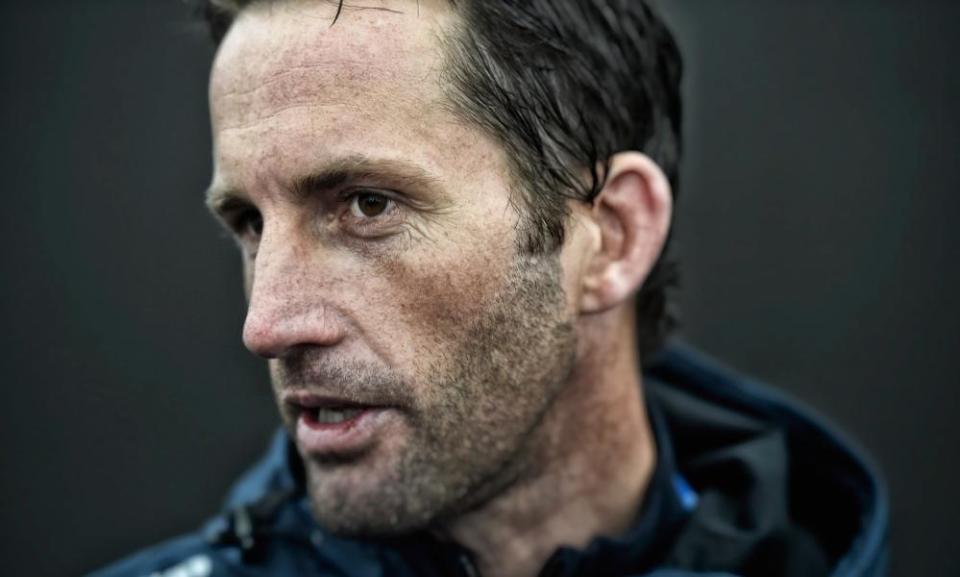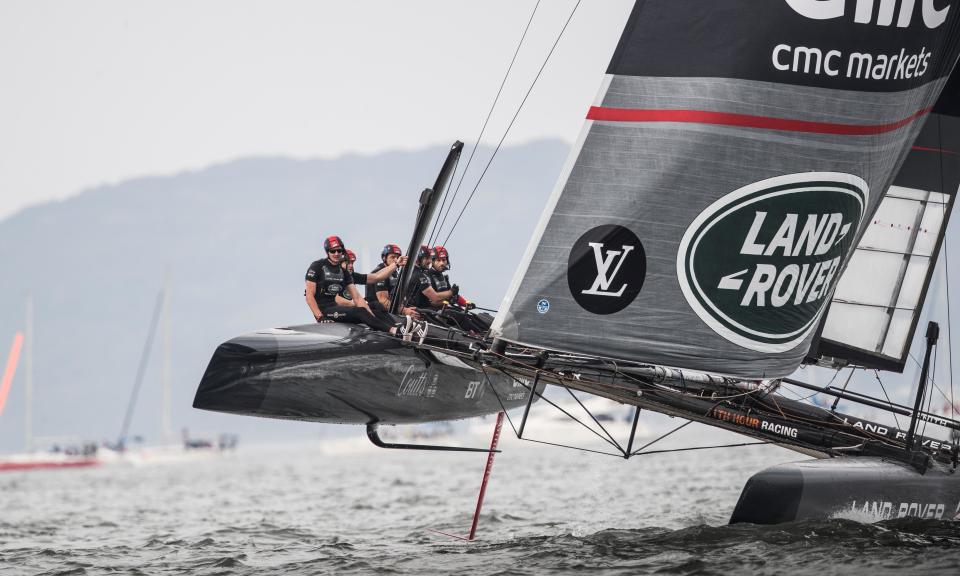America’s Cup: The Battle in Bermuda and the ‘impossible challenge’ of the Auld Mug
What is the America’s Cup?
It is a 1.1m-high trophy produced in 1848 by Robert Garrard & Co, the London company that has served as crown jewellers for the past six British monarchs and is also responsible for the Premier League trophy and both cricket and rugby union world cups. Its shape will be familiar to fans of golf as it is a claret jug, though this one is known as the Auld Mug.
And what is it for
It’s a sailing thing. The America’s Cup is not named after the country but after the boat that first won it in 1851, the America, which, to be fair, was American. Had that first race around the Isle of Wight ended up being won by a different competing vessel it might have become known as the Freak’s Cup, and all the better for it.
What is Britain’s record?
Hideous. Four nations have won it: Australia once, New Zealand and Switzerland twice each and the United States a frankly monotonous 28 times. Britain can boast one champion – Sir Thomas Lipton, the founder of the tea company, tried and failed to win it five times back in the 19th century and was eventually given a trophy for his troubles, as the officially-designated “best of all losers”.
When does this year’s racing start?
About two years ago, now you ask, since when the six crews have competed in nine preparatory races across the globe. At the end of them Land Rover BAR – that is Team GB – came out on top, thus taking two bonus points into the qualifiers that start in Bermuda on Friday.

What boat will they be racing in?
That is a slightly controversial point. They will each be sailing in mind‑bogglingly hi-tech catamarans just under 50ft in length, after a majority of the teams voted in 2015 to shrink the hulls from the 62ft versions named in the original protocol. The decision caused the Italian team, Luna Rossa, to withdraw in high dudgeon and Patrizio Bertelli, their boss, to complain that the £17m he had already lavished on the project had gone down the drain.
So it costs £17m to take part?
That’s the thin end of a large wedge. It starts with a $2m entry fee, which had to be paid nearly three years ago, and rises rapidly from there. It is estimated that Team USA’s successful defence of their title in 2013 cost the team’s backers around $200m.
How does the scoring work?
The teams – that’s Sweden’s Artemis Racing, Emirates Team New Zealand, Groupama Team France, SoftBank Team Japan, Oracle Team USA and Land Rover BAR – races every other team head-to-head twice, with the winners on each occasion scoring one point. At the end of it whichever team is at the bottom of the pile will be eliminated.

As the holders Team USA will then go straight into the final and the remaining four challengers will face best-of-nine semi-finals and finals, the winners earning the right to challenge the USA, in the actual proper America’s Cup match, a best-of-13 affair that starts on 17 June.
Who’s going to win?
Team USA, as the only crew definitely involved in the main event, are inevitable favourites, ahead of Team New Zealand and Land Rover BAR – who have been worryingly slow in practice – with the French considered the outsiders.
It all sounds good sedate fun
There is nothing sedate about this kind of sailing: the boats reach top speeds of around 85kph and the final practice runs featured Team NZ’s boat nosediving into the water, one of their sailors leaping overboard to avoid being struck by the rudder, Team USA capsizing twice and the BAR boat accidentally ramming New Zealand’s when their skipper, Sir Ben Ainslie, by his own admission “pushed the limits too far”.
Ben Ainslie? I’ve heard of him
Sir Ben, who was also part of Team USA’s miraculous comeback victory over New Zealand in 2013, is not the only British Olympic hero involved: Iain Percy and Paul Goodison are on the Swedish boat and should have been joined by Andrew Simpson, who was killed when their boat capsized during training in San Francisco Bay in 2013, trapping him underwater.
Aren’t they supposed to be Swedish?
At least 25% of each team must come from the country they represent, but beyond that the world is very much their oyster.
Is there one key and easily comprehensible technical issue everyone should be aware of?
All the teams have developed two sets of foils, which are mounted under the hull and lift the boat out of the water as it picks up speed: one for light breezes and one for stronger winds. Like F1 teams and their tyres, they will have to decide on the day which ones to mount – only they have no means of changing their minds mid-race. These calls could prove decisive.

But it’s not the winning that counts, it’s the going to Bermuda and having a jolly good time?
For the competitors there’s nothing jolly about it. “The America’s Cup is what it is because it is so difficult to win,” said Sir Peter Blake, two-time victor with Team New Zealand. “It’s a game where winning is almost impossible – almost, but not impossible. And this is why it is worth fighting for. It is the difficulty that gives any challenge some sense. This is the essence of life itself.”

 Yahoo Sport
Yahoo Sport 







































